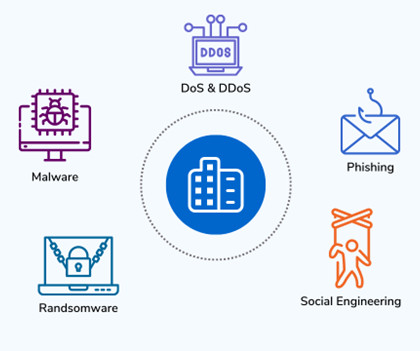Top 6 Retail Trends & Supply Chain Planning Challenges in 2023
Logistics Viewpoints
JUNE 1, 2023
Consumers have gotten used to ordering more than what they are planning to keep for trying on different sizes of clothing or shoes or for trying a new brand and shipping the returns for free. Shipping items back and forth creates needless greenhouse gas emissions, and only 54% of all packaging gets recycled.



































Let's personalize your content